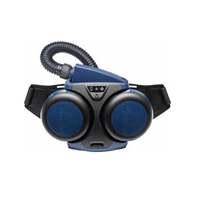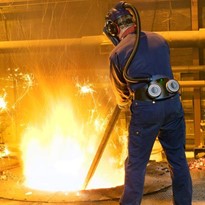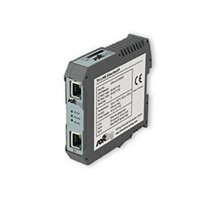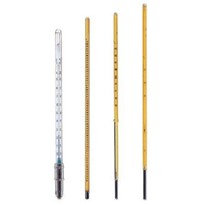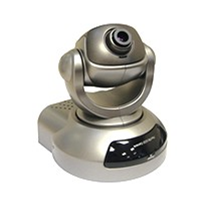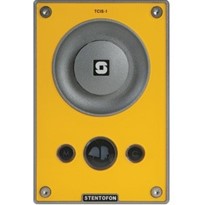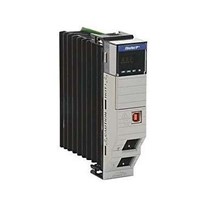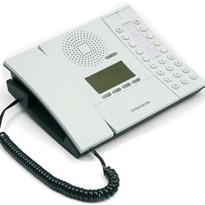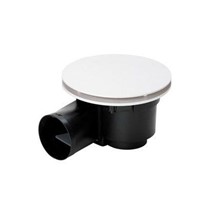Words like 'dustproof' or 'waterproof' can be quite vague, as can 'dust-resistant' and 'water-resistant'. An IP rating gives you a better idea of how vulnerable the product is to contamination and damage caused by solids and liquids getting into the unit.
Two digits appear after the 'IP' marking, for example IP67
|
|
0 |
No protection |
0 |
No protection |
||
|
|
1 |
Protected against objects (including parts of the body such as the back of a hand) larger than 50 mm in diameter |
1 |
Protected against water drops straight from above |
||
|
|
2 |
Protected against objects larger than 12.5 mm in diameter (such as a finger) |
2 |
Protected against water drops at a 15 degree angle |
||
|
|
3 |
Protected against objects smaller than 2.5 mm diameter (such as the tips of tools, thick wires and similar) |
3 |
Protected against water spray at 60 degrees angle |
||
|
|
4 |
Protected against objects smaller than 1 mm (such as thin wires, screws and similar) |
4 |
Protected against water splashing at any angle |
||
|
|
5 |
Protected against coarse dust particles but not all dust. 'Dust protected'. |
5 |
Protected against a water jet at any angle |
||
|
|
6 |
Protected against all dust. 'Dust tight' |
6 |
Protected against powerful water jets at any angle |
||
|
|
7 |
Protected against immersion for 30 minutes in water to a depth of 1 metre |
|
|||
|
8 |
Protected against continuous immersion in water. Normally described as 'hermetically sealed', but could also mean that water can penetrate the unit without causing damage |
|
||||
|
9k |
Protected against close-range, high-pressure, high temperature water, such as steam cleaning |
|
||||


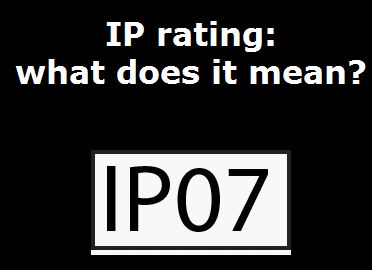
-160x160-state_article-rel-cat.png)
-160x160-state_article-rel-cat.png)
